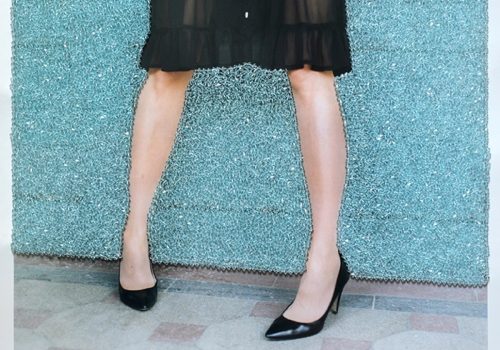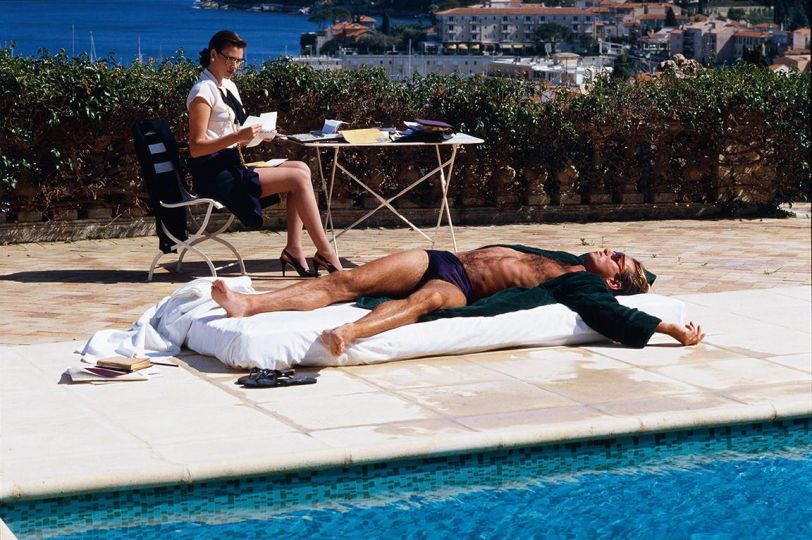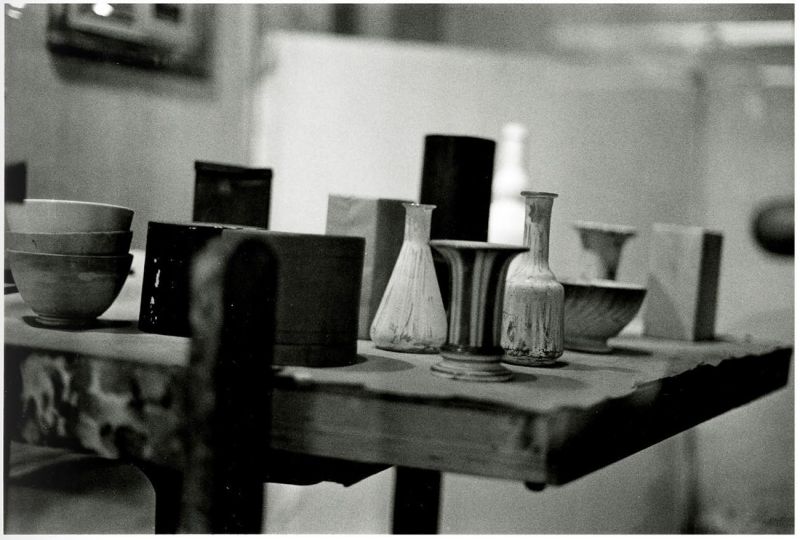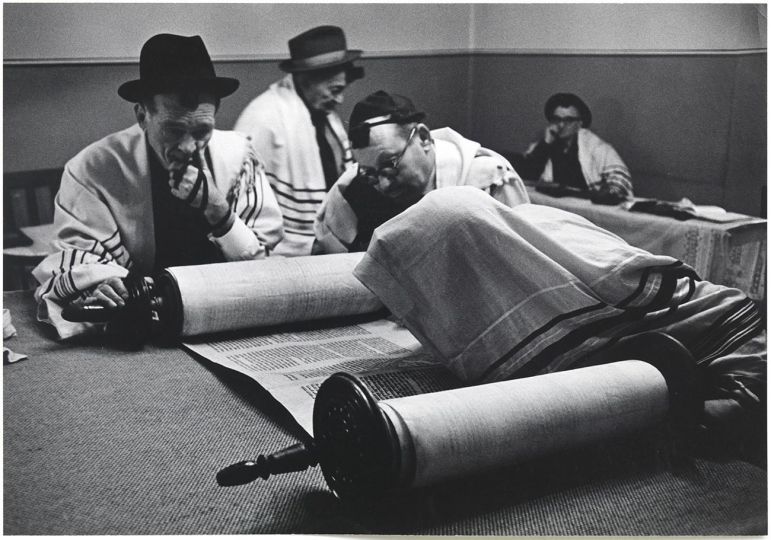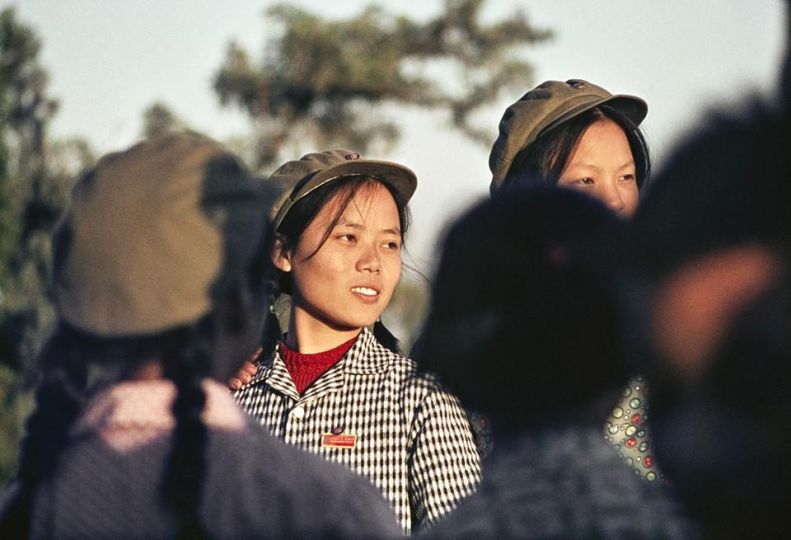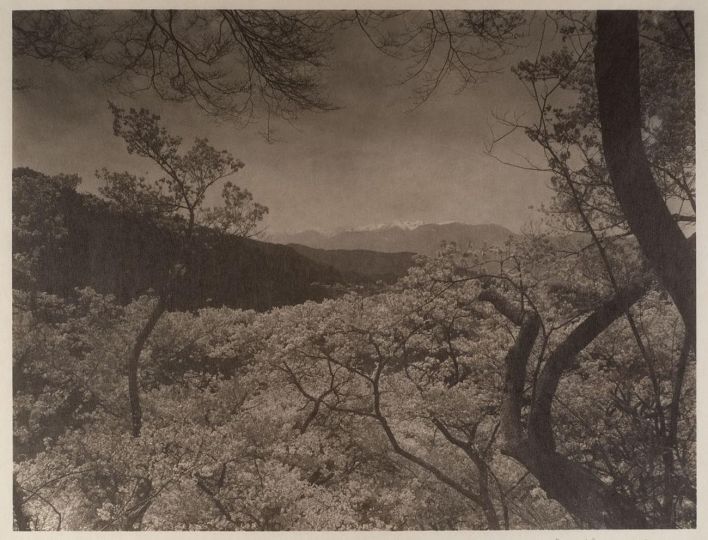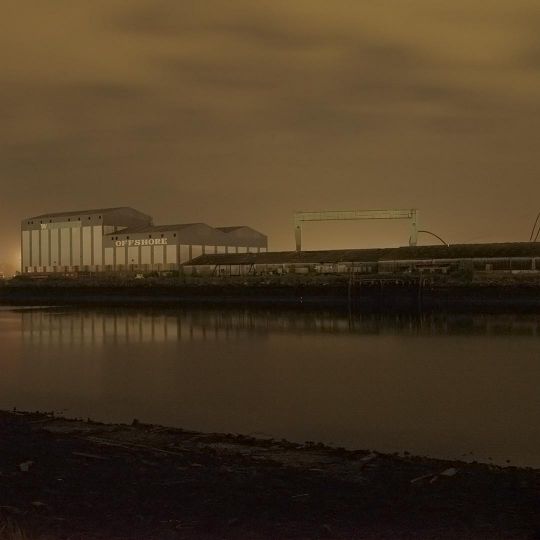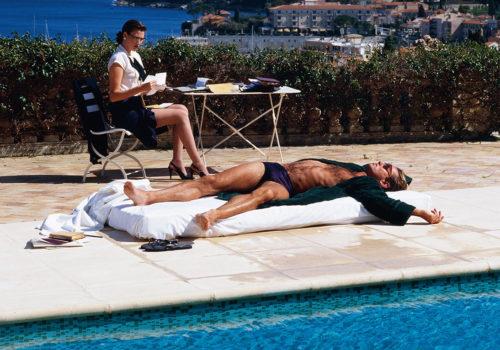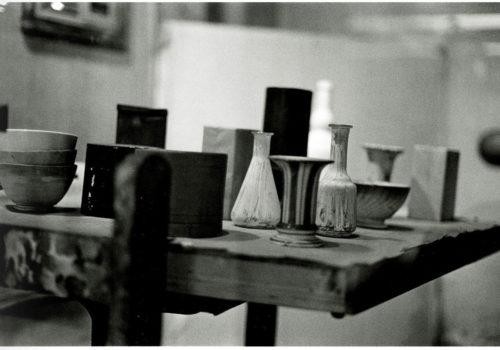Sissi Farassat‘s photographs embroidered with threads, sequins and Swarovski crystals first seduce us like the shop window of a jeweller, from which collars and earrings send their glittering rays into the grey everyday life: Instinctively we have to look, attracted like moths by the light. Even if the beads are made of glass and plastic, their sparkle stands for something valuable that outshines profane usefulness. But the artist, who was born in 1969 in Tehran (Iran) and has lived in Vienna since 1978, reflects with her embroidered photographs on the one hand the medium of photography itself, on the other the image of the woman in photography and beyond that also her own origin.
Sissi Farassat studied photography under Nan Goldin and Friedl Kubelka and, from the mid-1990s, realized among other works Photographs with Swarowski Crystals, Stitch or Contact Sheet, which are now exhibited in a selection in the Bildhalle under the title HOTEL ORIENT. From 1998 to 2010 she was also editor of the photo magazine SIOSEH.
The pictures that Sissi Farassat chooses for her works are mostly autobiographical, such as self-portraits and photographs of female family members, sometimes also found snapshots. The photographs potentially innumerable prints are possible in photography – are transformed into individual pieces through elaborate work with pearls, crystals, sequins and threads. These not only reflect the artist‘s personal history, but also take up the heritage of Persian carpet knotting and embroidery as well as the tradition of Viennese craftsmanship and design. Sissi Farassat thus achieves a fusion on its own: She combines appropriation art and photography with craftsmanship, reflects with a feminist approach the gaze through the camera lens on women as well as on the art of embroidery, weaving and sewing associated with femininity. The artist also brings two activities or gestures together in her works: The gesture of photography – to speak with the Czech media philosopher Vilém Flusser (1920-1991) – and the gesture of embroidery. What distinguishes, what connects these gestures?
Taking photos
Whether portrait, landscape or still life: The movements you make with the camera in your hands when taking pictures reveal the search for the right location and crop. They are movements, as Flusser describes in his book Gestures, which reveal many questions and an existential doubt. Whether the chosen location, the perspective and the moment of shutter release are really right – and thus actually: Whether you are in the right place in the world at the right time. Where do I stand (in life), what do I see, where do I want to go and why?
Photographers think not only about what appears in front of the lens, but also – perhaps only intuitively about themselves. Through the lens of the camera we see a landscape, a house, another person in their gaze, always looking in the opposite direction: For ourselves, how we handle the camera, look for a certain perspective and capture it. We are sometimes in dreams at the same time acting and reflecting. To shoot a scene with the camera also means to bring the passing of time to a standstill for a moment and to reinterpret the spatial world into an arrangement of forms and colours on the surface. In the rectangle of the picture we focus on a piece of the world and get a (supposed) overview. In their private and professional lives, men have long claimed the sovereignty of photographic interpretation for themselves. Men became photographers, fathers took pictures of the family. Women were photographed, mothers and children posed, gave a picture of themselves. All had their roles in this life project, that was: To capture moments in the relentless flow of time, to construct an identity. This distribution of roles has now disintegrated: Women interpret their surroundings with the camera, the means of photography and the art.
Embroidery
And what does the gesture of embroidery mean? Embroidery consists of carefully repeated small movements. With needle and thread in hand, equipped with sequins, beads, small glass stones, we always carry out the same or similar operations. Sissi Farassat connects embroidery with the oriental culture she comes from. With a meditative concentrated activity carried out in peace, which reveals perseverance and the desire to put on a second layer or level. A layer that either hides, emphasizes, or exaggerates what lies beneath it the overview that photography supposedly provides. The artist‘s self-portrait and the image of the women in her family are covered or isolated and emphasized by ornamentation – thus linking her intimacy with our voyeurism.
In the fast-moving present, this time-consuming manual work possesses something anachronistic, even subversive. When the artist embroiders a photograph, she sits at work for hours, days, even weeks, which means: She has time to contemplate a picture, to think about where she comes from, where she is now, where she wants to go. Perhaps past conflicts or happy communities come to her mind, farewells and new beginnings in another culture. During this thought wandering she places the threads and pearls precisely in place and thus brings the forms and colours of the flat picture into the three-dimensional, into the tactile. This also expresses the ambivalence that family memories have for all of us: While the glitter pearls also make one think of the façade of revue girls, behind which, of course, abysmal loneliness may hide, the hair-thin threads remind one that one can also get caught up in the images that women (and men) have to give up depending on culture, social class and epoch.
Henri Cartier-Bresson (1908-2004) once said that photography was „a knife thrust, and a painting a meditation“. Sissi Farassat resolves this contradiction in her work. She connects the pinprick of photography and the pinprick of embroidery with a patient immersion in meditation: about the world, about the family, about herself.
By Nadine Olonetzky, September 2019
Sissi Farassat – Hotel Orient
until November 24, 2019
Bildhalle
Stauffacherquai 56
8004 Zurich

